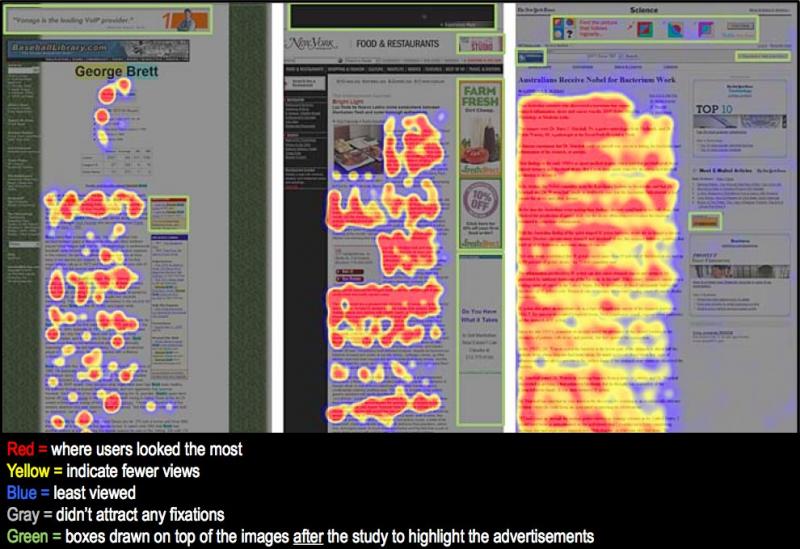Will Native Advertising Be A Tragedy Of The Commons?
One thing can be said definitively about native advertising: It is poorly understood.
- It’s advertising, but shouldn’t act like it (even though it should definitely be labeled as such).
- It’s like advertorials, but also far more than that – just as media sites are more than web newspapers.
- The media world loves it and loathes it. Bob Garfield famously compared it to islands of bird poo at an FTC workshop in December. But most publishers are ramping up their native advertising.
- Readers say they have been misled by it, though millennial-friendly media titles like BuzzFeed, Mashable and Gawker are doing more and more of it.
- Lastly, when a committee of the best and brightest in native advertising sat down together to define it, they settled on six different types, or categories.
If you’re feeling perplexed about native advertising, I’ve defined it in my upcoming report as:
Any form of paid or sponsored content that directly and transparently contributes to the experience of the site or platform where it appears, by aligning with the format, context or purpose of that site or platform’s editorial content.
You see native advertising in sponsored updates in LinkedIn, brand sponsored posts at the Atlantic or in links labeled “From around the web” at the bottom of most CNN.com stories, for example. To see some good examples, witness Sharethrough’s Sponsored Content Leaderboard.
What makes native advertising difficult to discuss, is that it is not a categorical definition (like anteater, shoe or airplane, which something either is, or isn’t). An example of native advertising can be “native” to varying degrees, depending on how well it fits into the site where it lives.
Examples: The advertising microsite that Monocle made for Hasselblad, then promoted across Monocle.com, looks and acts like Monocle content. It is native advertising that is very native to the site.
Yahoo!’s in-stream native advertising is the opposite. Scrolling the Yahoo.com feed, you encounter the site’s particular mix of hard and soft news, then suddenly a product pitch. This native advertising is not very native to the site.
Livefyre CEO Jordan Kretchmer came to the same conclusion as I did; he says “Native advertising is not a thing; it is a strategy, creatively executed to fit the context of its surroundings.” I say, “Native advertising is an aim.” To me, brands and publishers need to work well together to arrive at a scenario where brands’ native advertising works well alongside the site’s endemic content or experience.
Unfortunately, this is not happening a lot right now. And that could be a big problem for everyone in the space.
Why? When native advertising isn’t very native to the site (or worse, not labeled as advertising), it contributes to reader distrust. Readers get the impression that either the publisher or the brand or both are trying to fool them. That’s a poor foundation for communication, and will impact readers’ expectations. They’ll stop wanting to interact with native advertising.
At a site-by-site basis, this would be a problem for that site, or that brand. But people on the Web generally don’t have unique behaviors site to site; they relate to web pages much the same way, no matter the site.
This means that readers who grow distrustful from poorly executed examples of native advertising across the web will be less and less likely to want to view even the best executions of native advertising, wherever they find them.
The simplest way to illustrate how this would play out is to compare to Jan Benway’s and David Lane’s studies of banner blindness.

Because banners diverged so strongly from what web-page viewers wanted from the page, the viewers became blind to the banners. Though native ads have escaped the dreaded right rail, there’s still no reason to believe users could not become effectively blind to them.
What we have here is a tragedy of the commons. The collective good that brands and publishers must manage is readers’ trust in content. However, both brands and publishers have individual incentives to squeeze promotional copy into spots that look like editorial (making for poor native advertising but delivering a brand message) or to mislead readers into clicking on poorly labeled native advertisements.
Procter & Gamble marketing director Chris Laird was quoted at the FTC workshop on native advertising thus: “If it’s not transparent, and it erodes consumer trust, the ROI falls and we just won’t invest in it anymore.”
Does this mean native advertising is doomed?
Though I made the argument that poor examples of native advertising will poison the well for all, I believe we’ll see some stratification. At the top end, some publishers will align with and educate savvy brands to create valuable branded content contributions to their sites, and bring their readers along. At the bottom end, you’ll have publishers stuck with what’s commonly called “belly fat ads” (the kinds of terrible direct-response ads that are known to pop up in low-value placements). Between the two will be a few layers of varying performance.
The easiest way brands will be able to differentiate each layer? CPM. On sites where native advertising works, publishers will be able to demand very high CPMs, with highly satisfied brands. At the low end, you’ll see either low CPMs or performance-driven CPC.
Alongside these walled garden strata, brands can use native advertising networks or platforms such as Outbrain, Sharethrough or Nativo that position content across dozens or hundreds of sites. They put the content quality burden directly on brands or their agencies, as publishers become pure supply-side players. Furthermore, this kind of distribution will be more universally impacted by the tragedy of the commons I’d mentioned (widespread reader distrust will hurt them all).
What’s a brand to do in these circumstances? Increase your native advertising literacy (I’ll be working to help with that, with a new report coming next week called "Brands Lift Engagement With Native Advertising"). Put the focus on measuring clear outputs from native advertising (later this month, I’ll post on native advertising metrics). Practice developing content that users pull to them. And focus on the best experience of the reader when you invest in native advertising.
